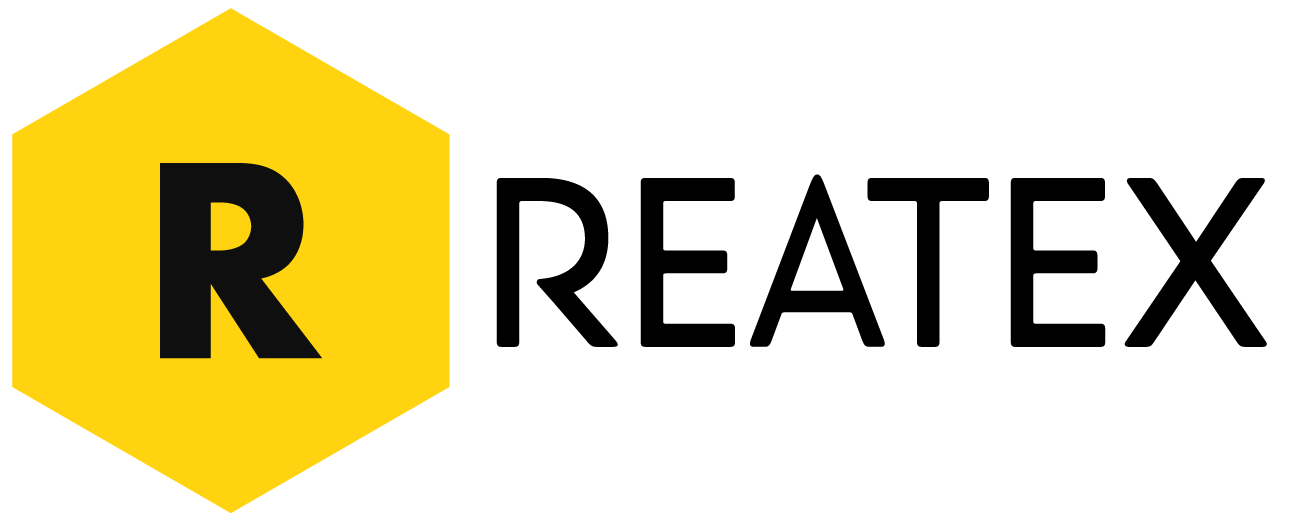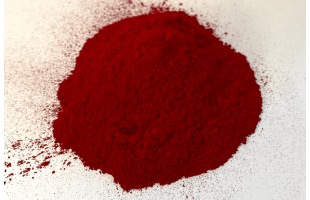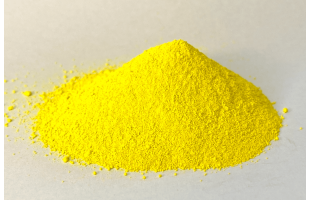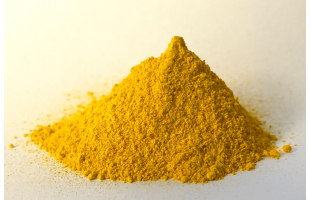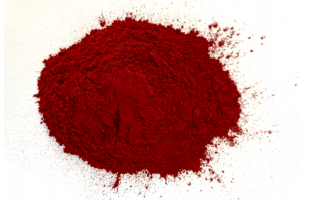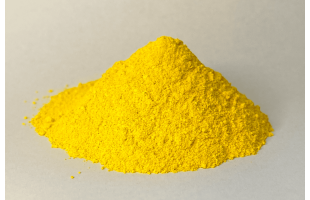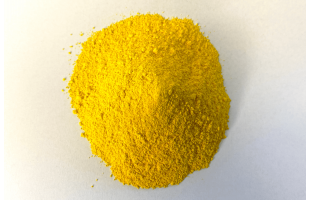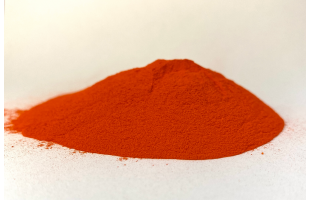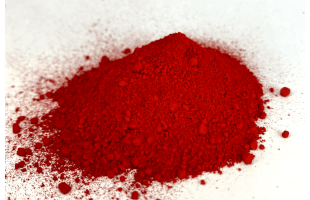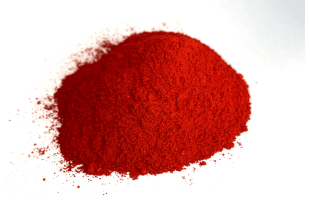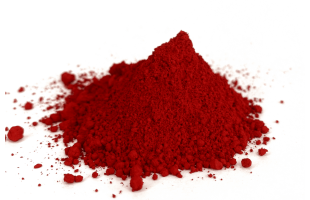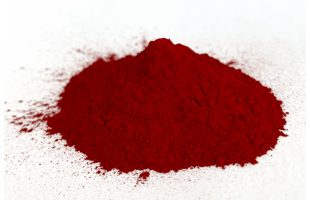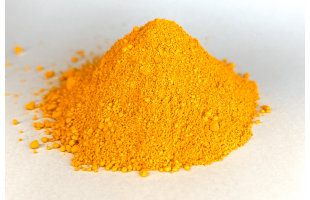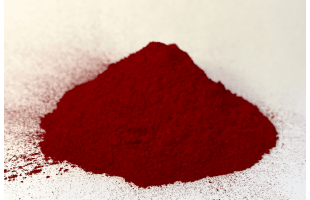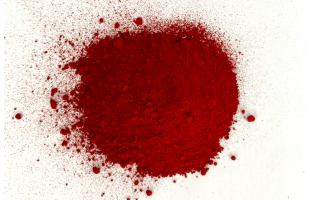
Types of organic pigments
There are two categories — natural and synthetic organic pigments. Currently, it is the second type that is most often used. Additionally, they can also be classified into monoazo, disazo, lake, phthalocyanine or fused ring pigments.
Fields of application
They are used for dyeing polymers, fabrics, LFM production, printing inks, inks, rubber, etc. For a long time, organic pigments were not used in construction due to their instability to external factors. This was especially true for pigments containing zinc oxide and titanium dioxide. However, to date, it has been possible to improve the quality of organic pigments by increasing the molecular weight, changing the crystal lattice, and adding chemical elements containing metals. As a result, the cost of such pigments has increased, and costs have decreased. Currently, pigments modified in this way have not only bright colors, but also the ability to extend the durability of coatings. Most of the organic pigments in our company's range are light resistant.
Organic pigment
They help to create a wide range of colors
Organic pigments do not have such protective properties, they are mostly decorative pigments. Bright, clean, saturated shades of organic pigments allow you to get a wide range of colors that cannot be created using inorganic pigments. On the other hand, in comparison with inorganic pigments, they have lower coverage. Their coloring ability is due mainly to absorption, not a scattering of light.
Main characteristics:
- bright deep colors
- not toxic
- highly dispersed
- prone to "migration"
- low density (1500–1800 kg/m3)
- high bulk volume and oil capacity
- hydrophobic, almost do not disperse in water and tarnish. But this problem can be solved by hydrophilizing the surface.
- less resistant to atmospheric influences, light, temperature and solvents
.png)
